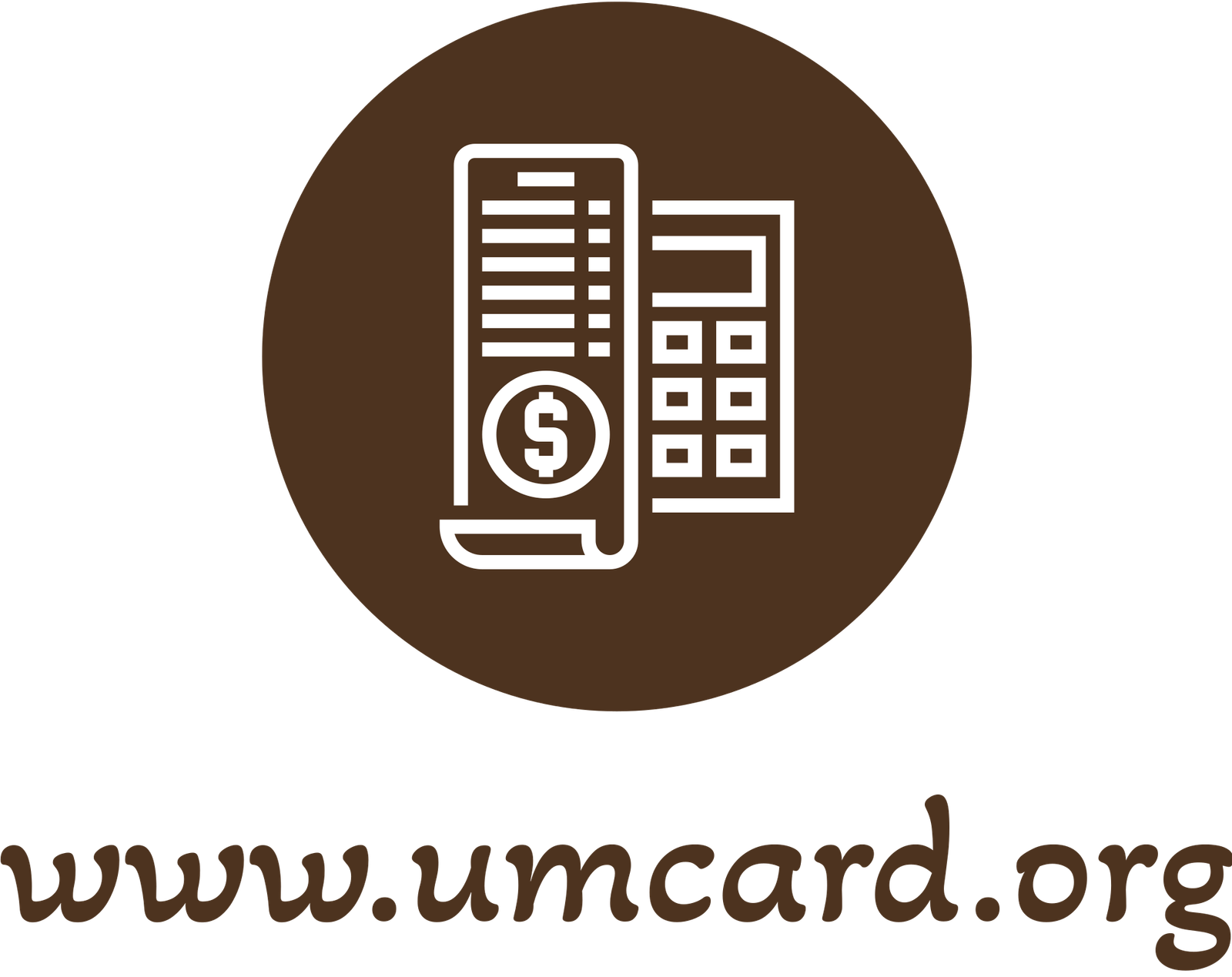Introduction:
American coin history revolves much around the Bicentennial Quarter. Made in 1976 to mark the nation’s 200th birthday, With the dates “1776-1976” on it, the coin’s back features a colonial drummer, symbolizing the period of time America was first established.
Social media has lately been rife with discussion in these quarters. Certain coin variants are allegedly worth an amazing $440 million, according to some. Many Americans have therefore rummled through their family coin collections and spare change in search of a priceless buried diamond.
But the reality of Bicentennial Quarter values is somewhat different. Knowing the actual worth of these coins calls for knowledge even though some uncommon variants and mint mistakes might fetch great prices. Notes and their implications
- Identifying real silver compositions
- Being able to find valid minting mistakes
- Considering market conditions impacting price
To make wise decisions on these old coins, collectors and investors must be able to separate fact from fiction. Finding the true value of these quarters reveals a fascinating narrative about American coin collecting history, memory, and workmanship.
The Bicentennial Quarter: History and Minting Techniques
The U.S. Mint started an ambitious project in 1974 to design a commemorative quarter honoring America’s 200th birthday. On the reverse side, replacing the conventional eagle image, this unique quarter—known as the Bicentennial Quarter—has a colonial drummer.

Design’s Symbolic Meaning
The choice of a colonial drummer as the main character reflects the attitude of the American Revolution. Beside this picture is a triumphant flame surrounded by 13 stars, symbolizing the founding colonies.
Special Characteristics of the Bicentennial Quarter
The unusual twin date “1776-1976” etched on these quarters distinguishes them. This qualifies them as singular works of American history.
Sites of Production and Mint Marks
These unique quarters were created by the U.S. Mint out of three sites:
- Philadelphia Mint: Designed for regular circulation, no mint mark
- Denver Mint: “D” mint mark began in circulation striking San Francisco Mint: “S” mint mark, focusing in silver and proof editions.
Coin compositions and the minting process
Two separate compositions for these circulating coins were included in the minting process:
- Convention Copper-Nickel Clad
- 25% nickel outer layer; 75% copper; pure copper core
- Applied for regular coin circulation
- Forty- percent Silver Composition
- Special collector’s editions
- Limited runs of production
- More intrinsic value
Industrial Timeline
Beginning in 1975 and running through 1976 was production. One of the biggest commemorative coin operations in American history, the U.S. Mint minted almost 1.7 billion Bicentennial Quarters throughout all sites during this period.
Premium versions from the San Francisco Mint
Using especially polished blanks and dies, the San Francisco Mint developed superior proof versions that produced coins with mirror-like surfaces and frosted patterns.
The Bicentennial Quarter’s Significance
Celebrated in these quarters amid a period of national introspection and pride, America’s bicentennial With the quarter acting as a physical reminder of the nation’s path from thirteen colonies to a united country, 1976 saw national celebrations.
Factors Affecting Coin Value: Examining Bicentennial Quarters Closer
The value of Bicentennial Quarters depends much on numerous important elements. Knowing these components will enable you to evaluate these old coins with knowledge.
Mint Notes and Their Significance
No Mint Mark (Philadelphia): Common circulating pieces “D” ( Denver), “S” ( San Francisco), Higher value, particularly in reference to proof versions
Compositional Variations
Standard copper-nickel: face value of $1, forty percent Silver Composition: $5-$15 based on state of condition
Versions for Proof Silver: Premium value, especially much sought after

Rare minting flaws can greatly raise the value of a Bicentennial Quarter. Expert grading systems verify these variances and offer official records of their validity and condition. Coins showing distinct, well-preserved design components and little wear marks especially appeal to collectors.
- Dispelling Stories: The Reality Behind Collectible Coin Values
- Collectors have become excited over the viral report of a $440 million Bicentennial Quarter. Let’s compare this valuation with historical records and market reality.
These record-setting coins show the real numismatic value ceiling. The claimed $440 million quarter would be more than the total value of the top 20 most costly coins in the world.
Why did the $ 440 million claim fall short? Short:
- Not one recorded sales support this valuation.
- Insufficient confirmation from official grading systems
- Lack of support from respectable auction companies
- There is no historical basis for such an outrageous price.
Usually selling for $100 to $1,000, the rarest Bicentennial Quarter variations include notable minting mistakes. San Francisco’s silver-proof versions pay small premiums of $10 to $15.
Unchecked web sources and social media sometimes spread these inflated values. Expert numismatists underline the need to know historical background and market dynamics in order to assess coin value. Though their values fit accepted market trends, the most valuable Bicentennial Quarters are still those with recorded mistakes, excellent striking, and perfect preservation.
Value of Reliable Sources for Coin Collecting
Effective coin collecting depends on consistent information. Respected numismatic professionals provide realistic market values and authentication tools to help collectors make wise decisions. Members of reputable companies, these experts have years of expertise evaluating and appreciating coins.
Conclusion
The $440 million Bicentennial Quarter myth reminds us strongly to welcome doubts about coin collecting. Although these areas have great historical value, their financial value is usually a few dollars; rare specimens can reach hundreds or thousands.

